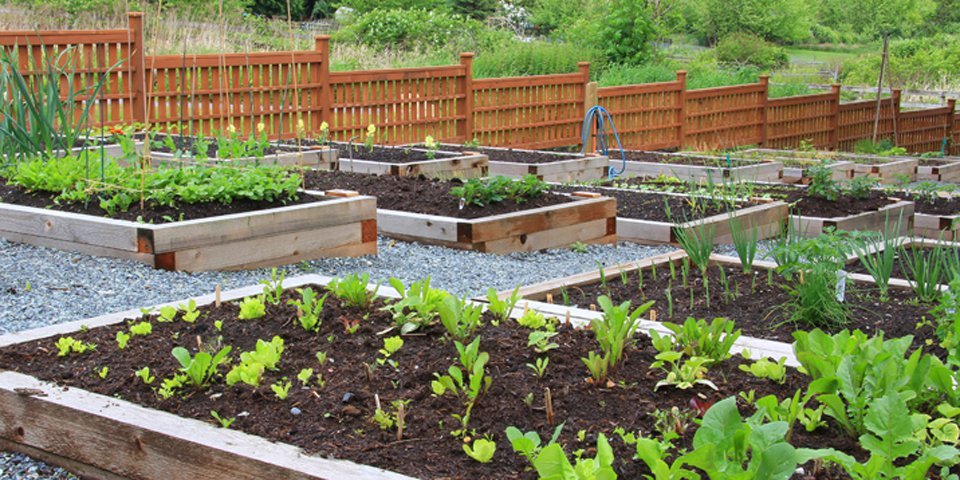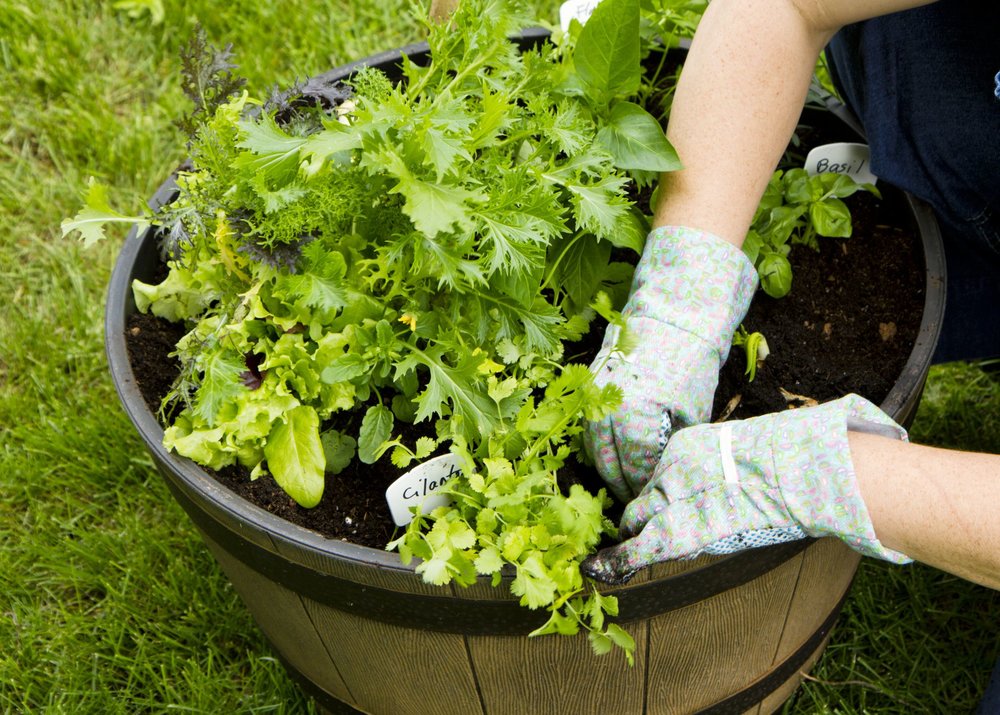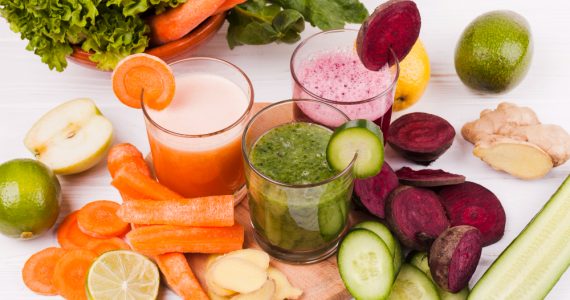Growing herbs at home is a fairly common practice considering it does not take much effort since they don’t even need to come out of their pot to grow.
But when it comes to growing vegetables, things start to become a bit tricky. Vegetables require more soil to grow as their roots need to expand much farther in order to take in all the required nutrition from the soil.
There are also other maintenance requirements as well, which is why most of us avoid the hassle of growing our own vegetables altogether, instead opting for whatever the supermarkets have to offer.

However, and you may be surprised to learn this, it is entirely possible, and quite easy, to grow vegetables at home. More shocking is the fact that you can do it even if you live in an apartment. You need a few things before you can start enjoying your home-grown vegetables. The secret to properly growing the vegetables you want lies in proper planning.
Get the Right Containers
The first thing you require is containers. The number of containers depends upon how many vegetables you want to grow.
Honestly, you don’t require an individual container for one kind of vegetable although that would make things a bit more organized. What you do require is enough soil that whatever you’re planning to grow has ample room to do so.
This is why, especially if you are planning to grow in a small space, sack farming is ideal as there is absolutely zero compromise on space. However, of course, it is not very aesthetically appealing; hence you can go for whichever option suits your need and your sense of style as well.

Prepping the Containers
Drainage is crucial as you want your plants to drain out excess water as well. To encourage it, place some gravel at the bottom of your container. If gravel is not available, then any old, broken ceramic plate, or similar material in the form of chunks, would do the trick.
Placing a saucer made of any material underneath whichever container you choose should protect your floor from any water which would leak out of the container after watering the soil. The soil you fill the pot with is entirely upon your discretion, although we would recommend selecting one which is organic so that you can maximize the nutritional benefits received from your home-grown vegetables.
Getting the Plants
To grow your own plants, of course you need seeds. Seeds are not as easily available as you think, but they are not too difficult to find either. The trick is to look for a seller who can be trusted, and your local fruit or vegetable vendor should be able to help you out in that respect. If that doesn’t work, then any local seed business will be able to provide you with what you need.
Try getting your hands on seeds which are easy to grow, such as those that go directly in the soil and only require watering, completing eliminating the small-pot-big-pot transition. However, seeds are known to die out very easily as well. That’s why, especially if you don’t have any past experience in growing your own plants, you should go for an already grown sapling from a nearby greenhouse or plant nursery.

Easy Vegetables You Can Grow
While fruits are demanding, there are many vegetables which practically grow on their own. All you have to do is ensure they get the proper nutrition and adequate amount of water. Growing greens such as lettuce, spinach, and celery is very easy. However, with greens, water is the most essential component to their growth, and if you miss out on watering them every day, then your plant is either going to die or not grow as healthy as you’d like.
Good news is that you can grow both sweet and regular types of potatoes at home. And here is the best part: you don’t even need seeds to grow potatoes. Simply chop up an old one, put it inside soil, and wait for a couple of months for the plant to sprout. Other vegetables you can grow are carrots, tomatoes, radishes, and kale. Don’t be afraid to experiment in this respect, and start with the ones you like.




